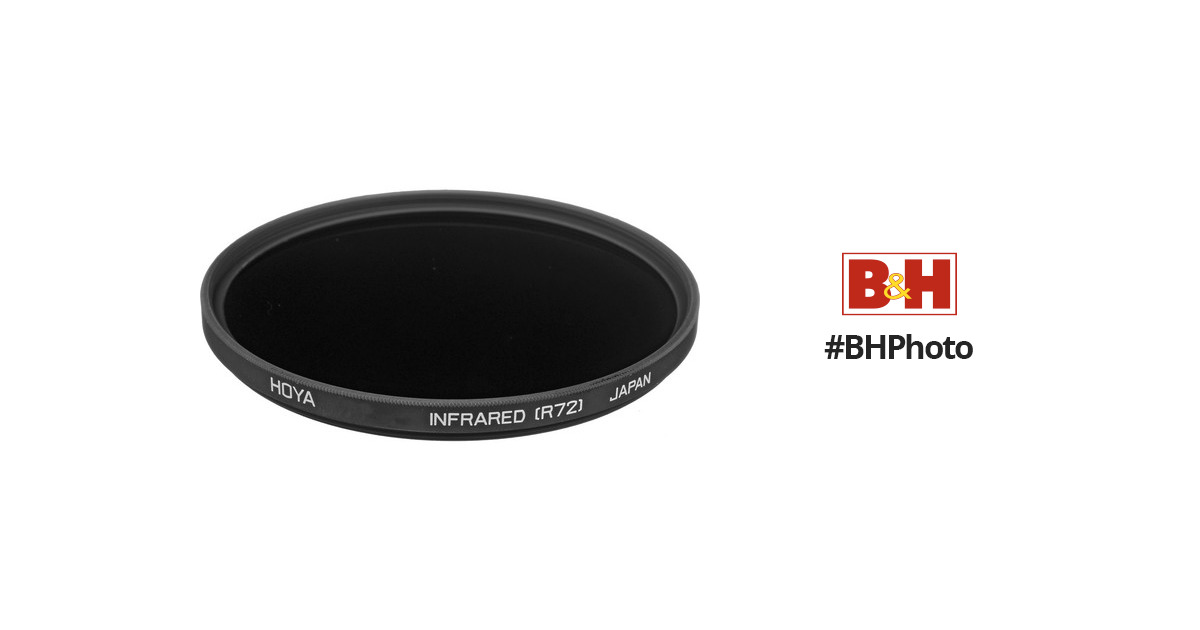Nope. Light is almost ALWAYS identified by its wavelength, and IR is at the high end of the spectrum, ABOVE visible. That is, IR has a higher wavelength than visible red. In order to communicate effectively, we have to have one perspective from which to discuss things like this.
Of course, there's another perspective, but it's one that physicists work in. If we are looking at frequency, then IR is lower than red. Frequency and wavelength are inversely proportional. Also, the energy of light is linearly proportional to its frequency, and infrared light is lower frequency than visible, thus lower energy. So it's likely in the early days of understanding the nature of light, it was measured by its energy or frequency, and IR is lower than red in both cases. But these are not those days.













